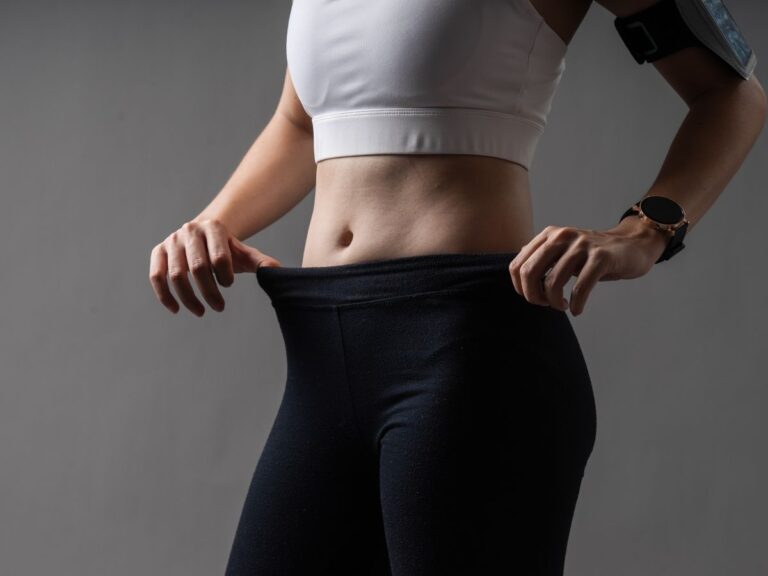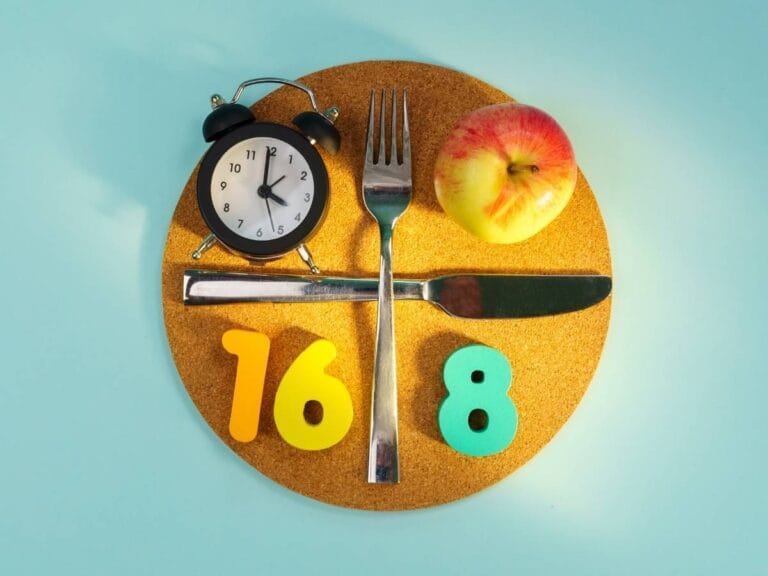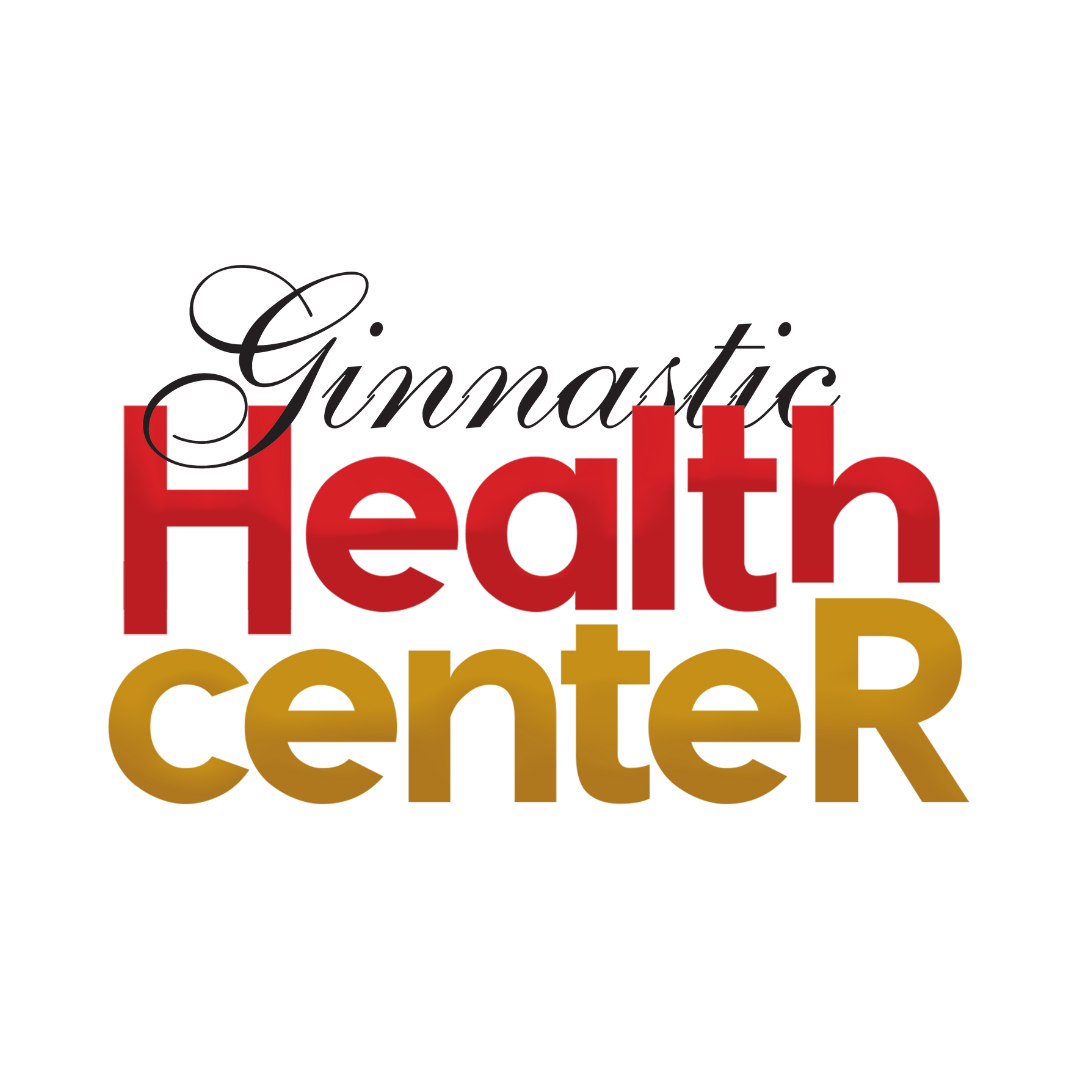Skip The Waiting Room!
Register Online Before You Arrive.
We have up to date schedules, contact information, & let you book appointments online.
What is Fatty Liver Disease?
Causes
In a non-alcoholic person, the following factors may contribute to hepatic steatosis:
- Metabolic syndromes like Alpha-I antitrypsin deficiency (AATD), Wilson Disease, and hereditary hemochromatosis.
- Insulin resistance
- Type 2 diabetes
- Obesity
- High triglycerides in the blood
- Low HDL or high LDL
- Pregnancy
- Hepatitis C
- Polycystic ovary in females
- Genetic variation of the PNPLA3 gene
- Medicinal side effects of tamoxifen, total parenteral nutrition, steroids, griseofulvin, valproate, methotrexate, and amiodarone
- Toxin exposure is like polychlorinated biphenyls or vinyl chloride.
Fatty Liver Symptoms and Stages
Simple fatty liver
Steatohepatitis
Fibrosis
Cirrhosis
Cirrhosis is an irreversible and severe stage that will compromise liver function. Symptoms linked to cirrhosis include the following:
- Nausea
- Fatigue
- Enlarged breast in men
- Inappetance
- Itchy skin
- Ascites (excessive fluid accumulation in the abdomen)
- Abdominal cramps
- Jaundice (yellowness of skin and eyes)
- Bleeding disorder
- Edema (swelling) of limbs
- Web-like blood vessels under the skin
- Dark colored urine
- Nervousness
- Pale stool
Fatty liver symptoms in females are the same as in men. It is a life-threatening disease in advanced stages, so it should be controlled at an early stage.
Diagnosis
It is asymptomatic in the early stages, so it’s challenging to diagnose at that time. Your medical specialist would use the following procedures for diagnosis:
- Medical record
- Physical examination
- Lipid Profile
- CT scan, Ultrasound, or MRI
- Liver biopsy
How To Treat Fatty Liver?
Medicine Withdrawal
Avoiding Alcohol Consumption
Medication
Liver Transplantation
Vaccination
Exercise
Regular exercise under the supervision of your trainer will surely reduce your belly fat. Moreover, it also helps to reduce your extra weight and fat accumulation in the liver.
Medication/Supplement Intake
Never take any medicine without your doctor’s recommendation. Certain medications can cause liver damage and should be avoided in such situations.

How to Reduce Fatty Liver? Expert Solutions at GHC
Dr. Waseem at GHC has a unique and versatile approach to treating medical conditions. When he diagnoses a patient, his first preference is to explore natural treatments instead of jumping straight to medication. He believes that while therapeutic drugs can be necessary at times, they often come with unwanted side effects that can be avoided.
Simple Steps To Treat Fatty Liver: Dr. Waseem’s Natural Approach
1. Weight Reduction

2. Therapeutic Ketogenic Diet
Here’s a simple breakdown of how to structure your ketogenic diet:
- 5% Carbohydrates: Focus on veggies and keto-friendly fruits like berries and nuts. Stay away from rice and wheat.
- 75% Fats: Incorporate healthy fats such as olive oil, desi ghee, coconut oil, cream, and cheese. It’s best to avoid processed cooking oils.
- 20% Protein: Aim for 150-200 grams daily from sources like chicken, beef, mutton, boiled eggs, and about 15 grams of flax seeds.
Additionally, mixing organic apple cider vinegar with lemon juice can effectively reduce liver fat. Dr Waseem also suggests considering supplements like mega fish oil, vitamin C, and chromium for added support.

3. Intermittent Fasting
4. Exercise

Why Ginnastic Health Center?
Expert Team
Led by Dr. Waseem, our team is renowned for their expertise in diabetes care, providing top-tier treatment.
Individualized Approach
Services are tailored to your specific health needs and goals, ensuring a personalized approach to diabetes management.
Comprehensive Care
From initial diagnosis to ongoing management, we offer a full spectrum of diabetes care services.
Patient-Focused Care
Your well-being is our priority, and we offer compassionate support throughout your health journey.
Meet the Health Professionals
Frequently Asked Questions
Prevention and reversal of fatty liver disease include:
- Safely lose weight.
- Lower your triglycerides through diet, medication, or a combination of both.
- Avoid alcohol.
- Manage your diabetes, if applicable.
- Consume a balanced, healthy diet.
- Increase your physical activity.
- Schedule regular check-ups with a doctor who specialises in liver health.
Foods to Avoid for Fatty Liver:
- Poultry, except for lean white meat.
- Full-fat cheese.
- Yoghurt, except for low-fat options.
- Red meat.
- Baked and fried products made with palm or coconut oils.
- Sugary Food items like regular soda, candy, and other foods with added sugars.
Get the Best Diabetes Treatment in Islamabad
Contact Us
Take charge of your diabetes with the guidance of Islamabad’s top diabetes specialist. Contact Ginnastic Health Center today to book your consultation and start your journey toward better health.
- Address: 3rd Floor Interlace Plaza, I-8 Markaz, Islamabad
- Phone: 03373333405
- Email: ginnastichealths@gmail.com
- Website: https://ginnastic.pk/
Our committed team is ready to provide the care and support you need for effective diabetes management and reversal.








